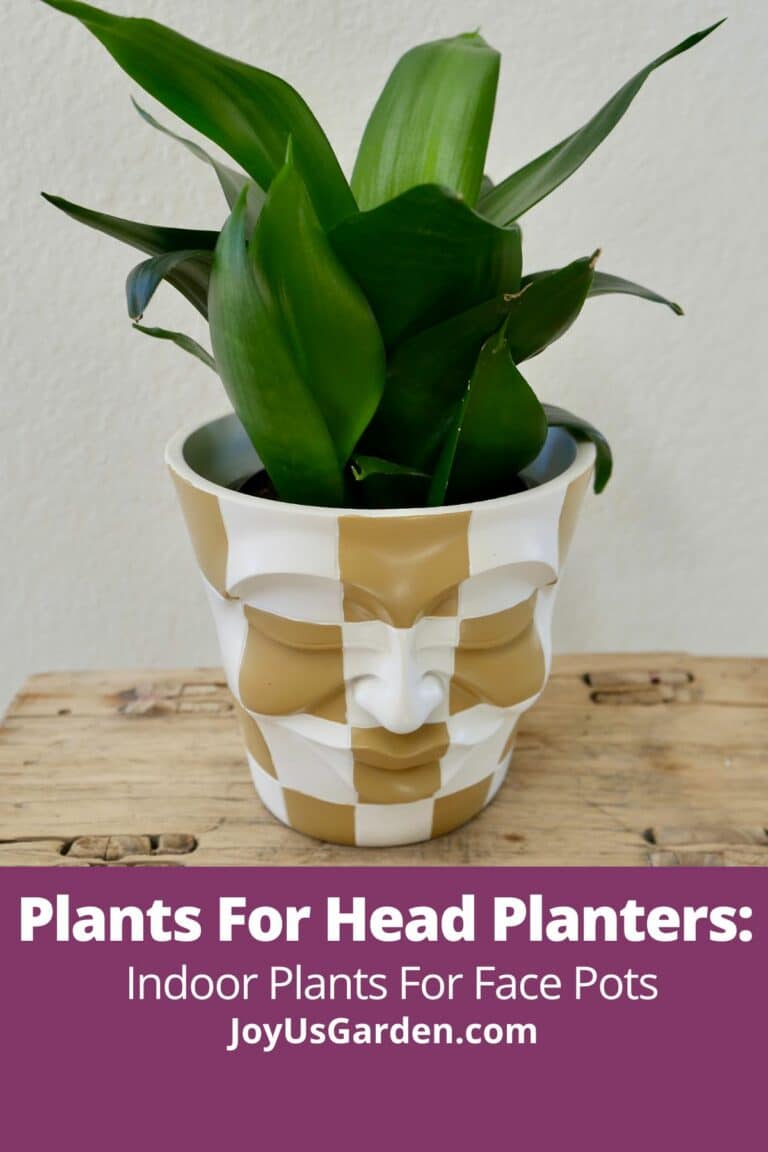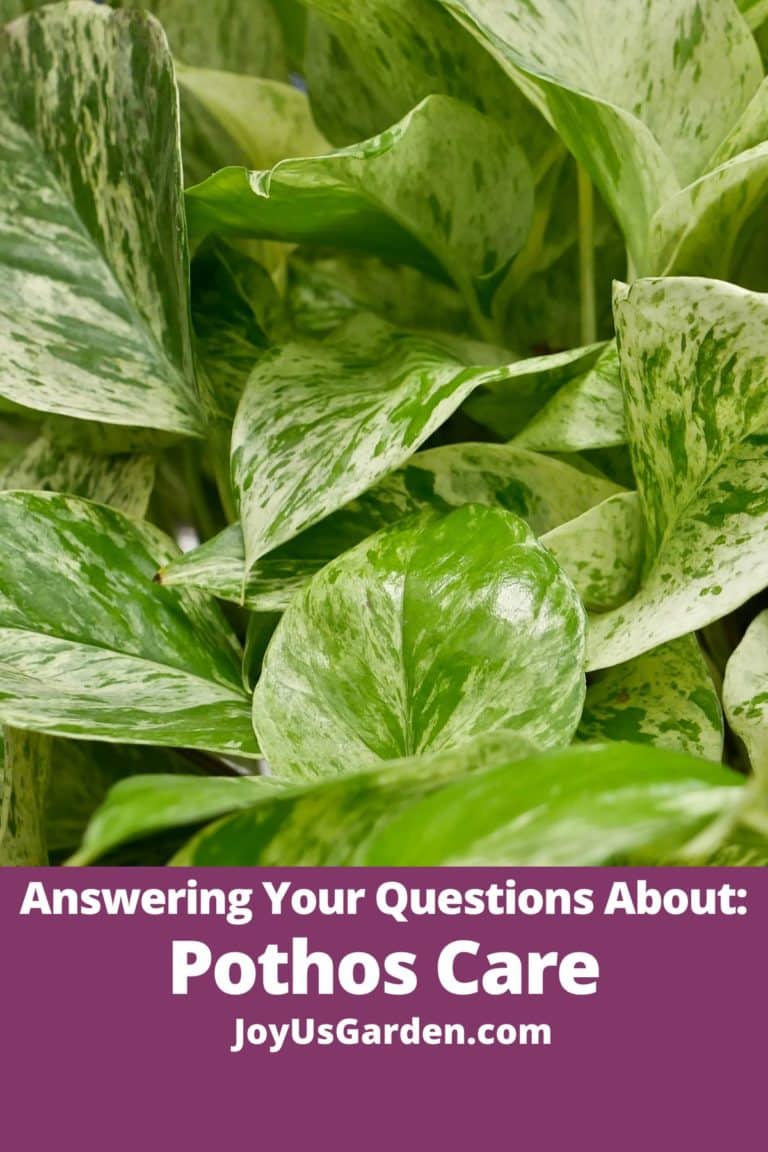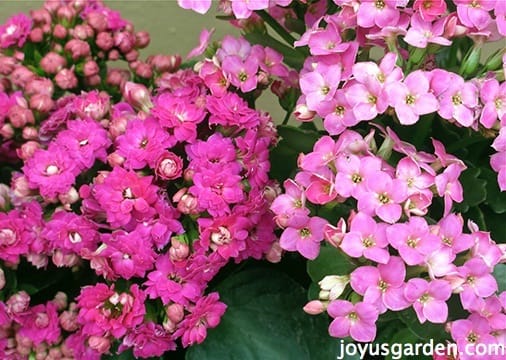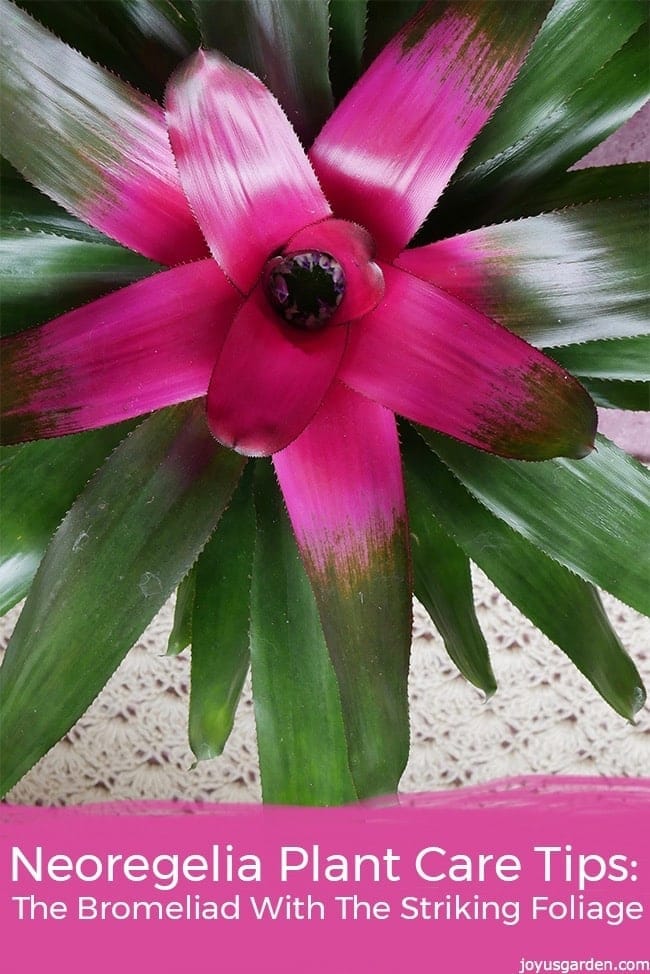Plant Humidity: How to Increase Humidity for Houseplants
Can you increase the humidity in your home for your houseplants? There are varying opinions on this topic which I never had much interest in because I was living on the California coast for many years. Then, I moved to Tucson, Arizona in the Sonoran Desert. This is all about plant humidity, specifically how I create humidity for my indoor plants.
First off, I don’t turn the air in my dry desert home into tropical or sub-tropical with these methods.
They don’t significantly increase the humidity of the entire house but they seem to help with adding a bit more moisture to the air as an “at the moment” fix.
How Much Humidity Do Houseplants Need?
From all that I’ve read, tropical and subtropical houseplants prefer a humidity between 50 – 60%. Tucson is very dry with the average humidity hovering around 28%.
Many days last summer the humidity didn’t get higher than 10%. Now that’s dry! Apparently we humans do best with a humidity of around 50%.
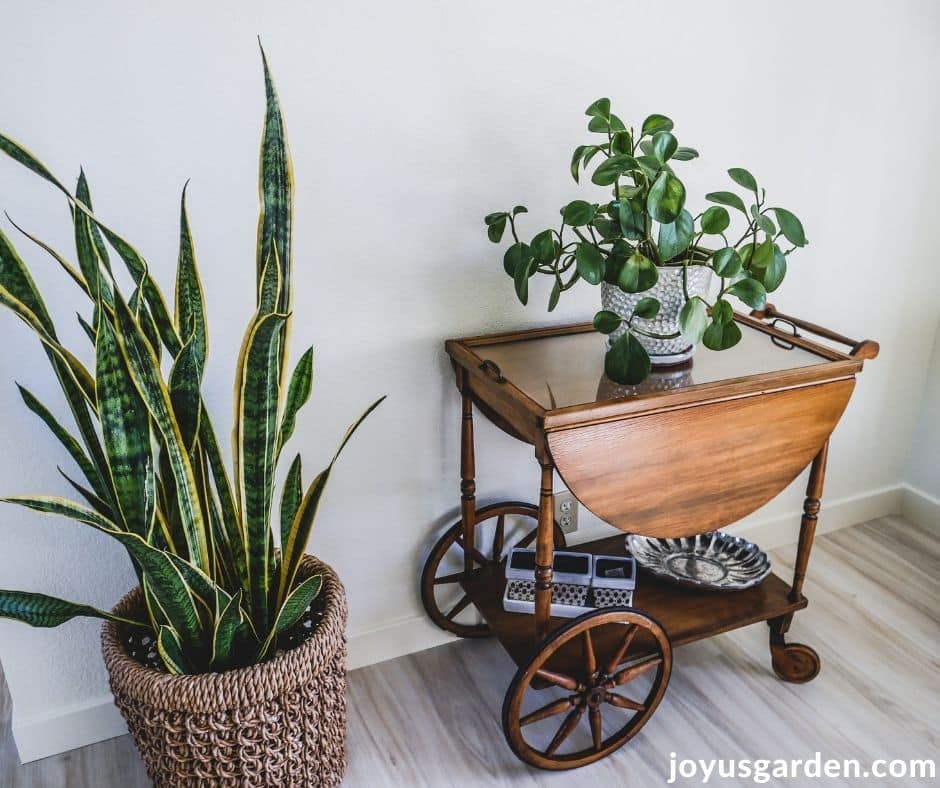
If your plants are looking fine, then you may not need to consider any of these methods. The most telltale sign that indoor plants need more humidity is dry leaves; dry tips and/or dry edges.
Some Of Our General Houseplant Guides For Your Reference:
- Guide To Watering Indoor Plants
- Beginner’s Guide To Repotting Plants
- 3 Ways To Successfully Fertilize Indoor Plants
- How to Clean Houseplants
- Winter Houseplant Care Guide
- Plant Humidity: How I Increase Humidity For Houseplants
- Buying Houseplants: 14 Tips For Indoor Gardening Newbies
- 11 Pet-Friendly Houseplants
Methods to Increase Humidity For Plants
1) Humidifier/Diffuser
These are what seem to help the most with plant humidity because they cover a larger area. The ones I have now are in my dining/living room, kitchen, and master bedroom. All are fairly small and cover an area of approximately 200-300 square feet.
I run mine 4-5 days a week for 6 hours or so. In the bedroom, I have it on at night. Depending on the size of the room and your indoor humidity, 6-8 hours 4-5 days a week should be fine.
The issue with humidifiers is mold and bacterial growth. If you don’t regularly clean them according to directions, this will be a problem. Like anything, you can also overdo it with too much too often.
2 of the humidifier models I have aren’t made anymore. Here’s a model similar to the one I have in the dining room and the model similar to the one in my bedroom. This model is highly rated. All are under $40.00.
I have 2 new humidifiers back ordered from Canopy. This is a relatively new brand (with high demand at the moment!) that appeals to me because their humidifiers put out hydrated air instead of mist. This means not as many potentially harmful particles in the air. Apparently, they’re much easier to clean and there’s also a filter to change which is good.
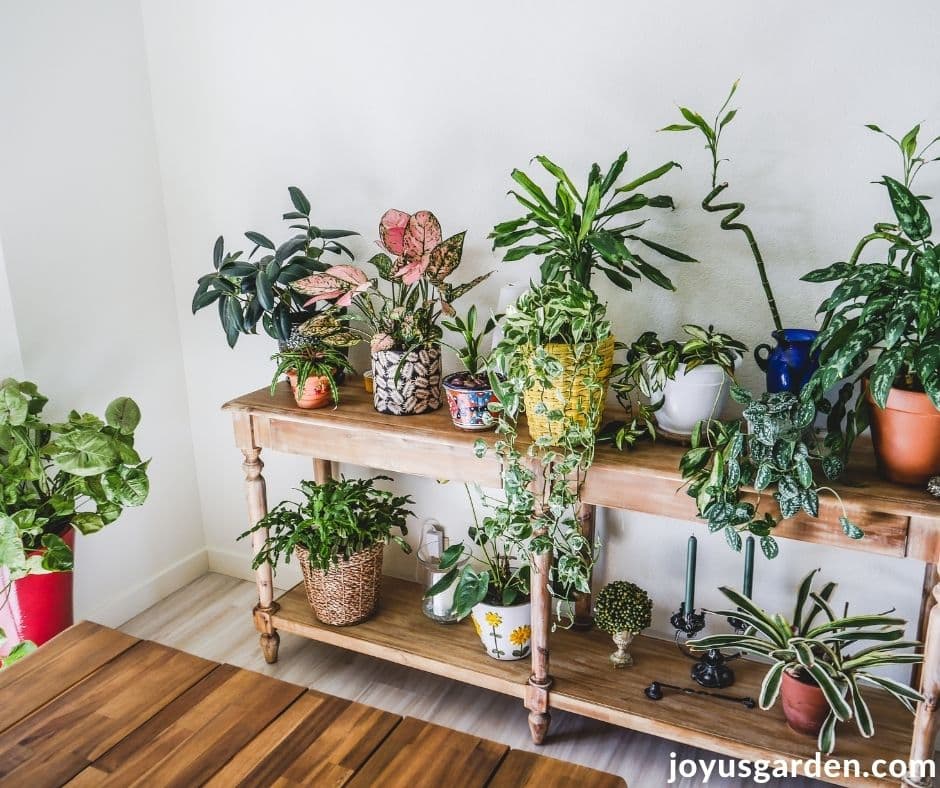
2) Group your indoor plants together
Plants transpire and release moisture. It just makes sense that putting several together would help. I have many of mine grouped on the floor, on tables, and on plant stands. This, along with a humidifier, is in my opinion the best option.
3) Saucers with rocks, pebbles, or glass chips filled with water
These could be referred to as “mini humidity trays”. I keep the water level just below the rocks so the bottom of the pot isn’t submerged causing root rot.
4) Bowls filled with water
I keep 3 small bowls filled with water on the long table filled with plants. Like the above method, it only benefits the plant or plants right next to them.
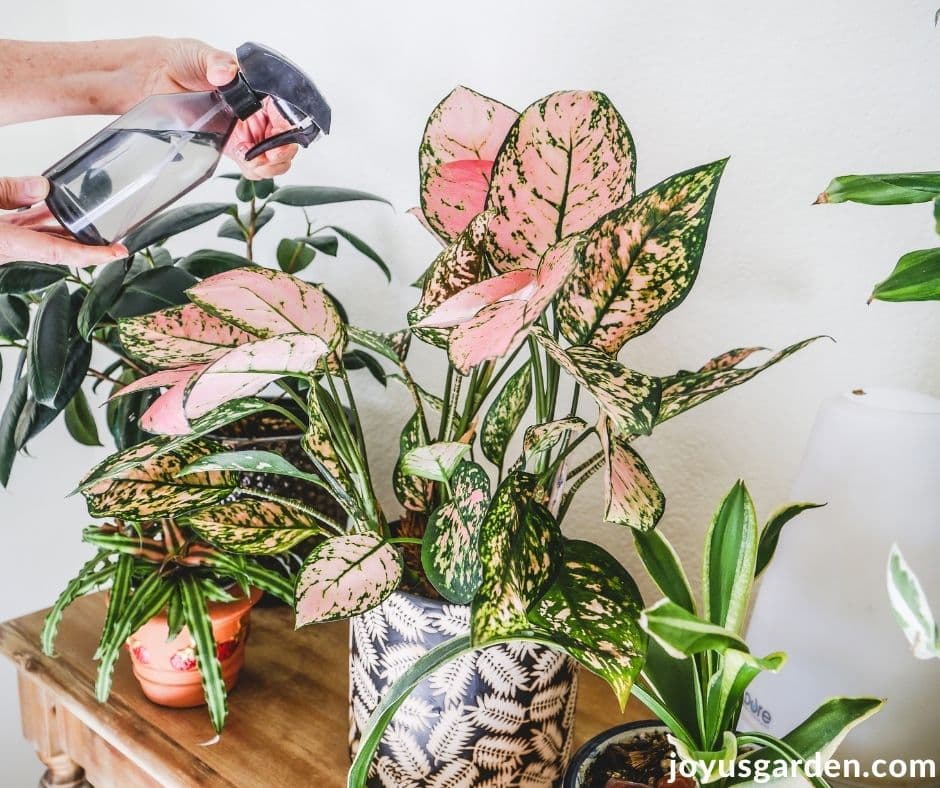
5) Misting
I mist the air around my plants every few weeks. Don’t let the foliage stay too wet, especially at night. You don’t want the soil to be consistently wet either as it could cause mold to grow on the surface.
When it comes to my air plants, I mist them a few times a week and soak them once a week.
6) Take your plants to the kitchen sink or shower
I take my smaller plants to the kitchen sink and my medium-sized plants to the shower to give them a nice spraying every 2-3 weeks. I let them hang out there for an hour or so to enjoy the moisture. This also helps to keep them clean!
7) Put your plants close to the kitchen sink or in a bathroom
Be sure the bathroom is one you frequently shower in. I have my smaller air plants hanging next to my sink in the kitchen/family room.
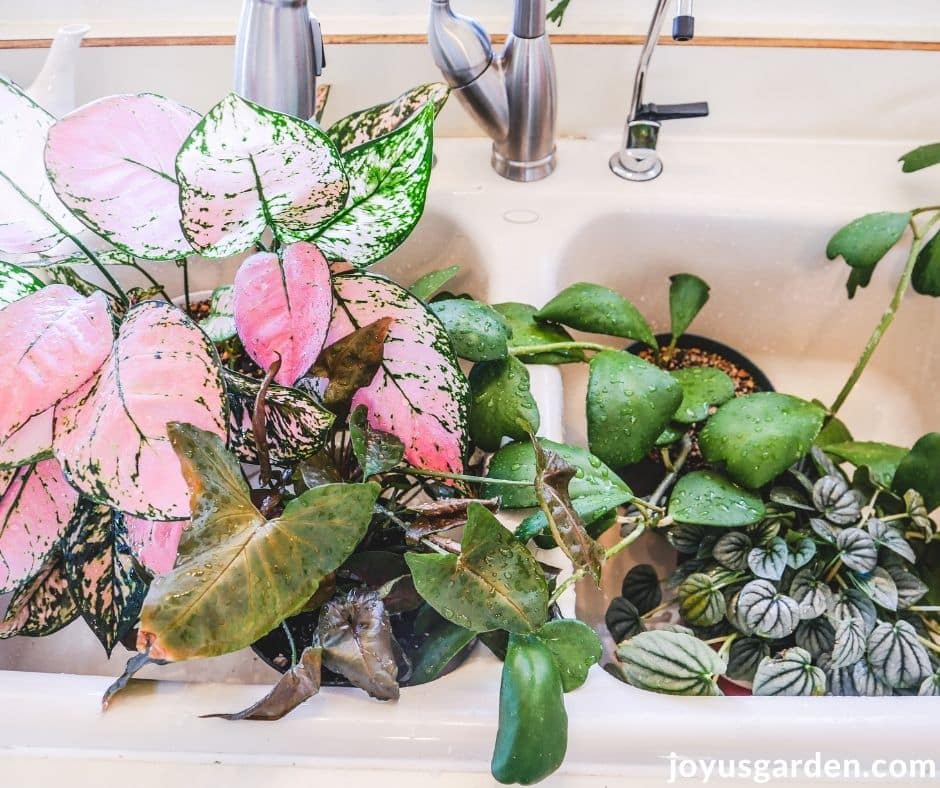
Plant Humidity FAQs
This is a very temporary fix but it must feel good for the plants. Mist the air around & not just the foliage. By the way, plants with fuzzy leaves don’t like to be sprayed. Cacti & fleshy succulents don’t need it.
Yes. This is what seems to work the best when it comes to plant humidity. Like anything you can overdo it though as most are subject to mold & bacterial growth if you don’t clean them on the regular.
Here you can see the small bowl of water.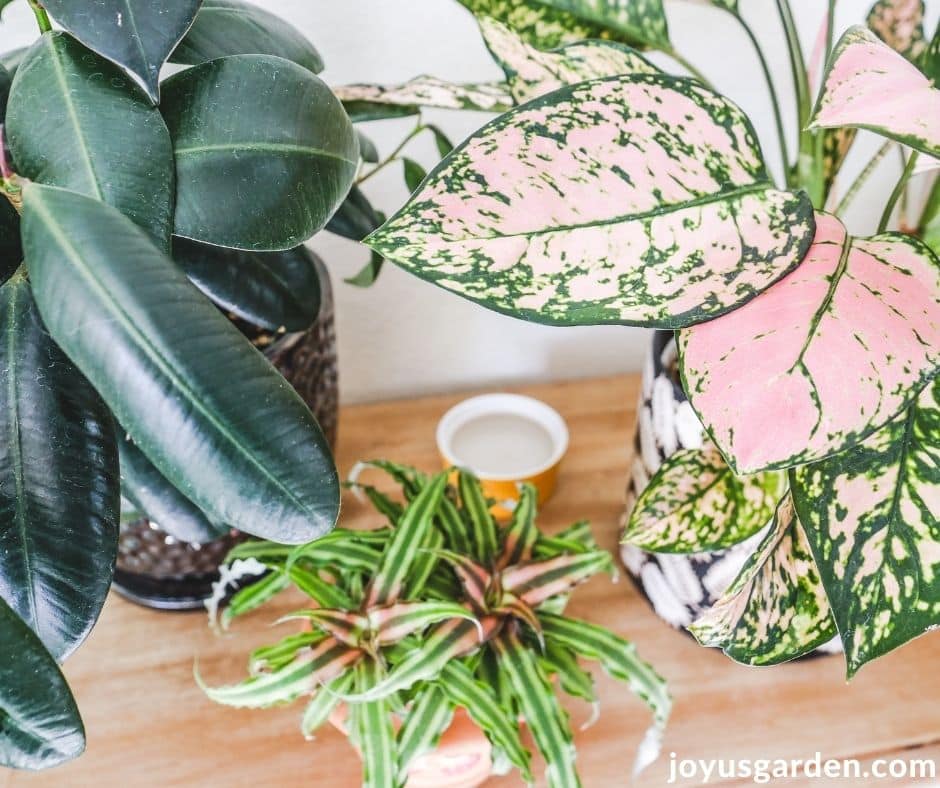
No. It can help to add a bit of moisture right around the plant but, not the whole room.
Again, they boost the moisture a bit right around the tray. Many people use them for Orchids & African Violets.
No, all plants don’t need it. Most cacti & fleshy succulents native to desert areas prefer low humidity levels.
My Ephiphyllum guatemalense montrose or Curly Locks Orchid is a plant that needs humidity so I keep it on this saucer filled with small rocks & water.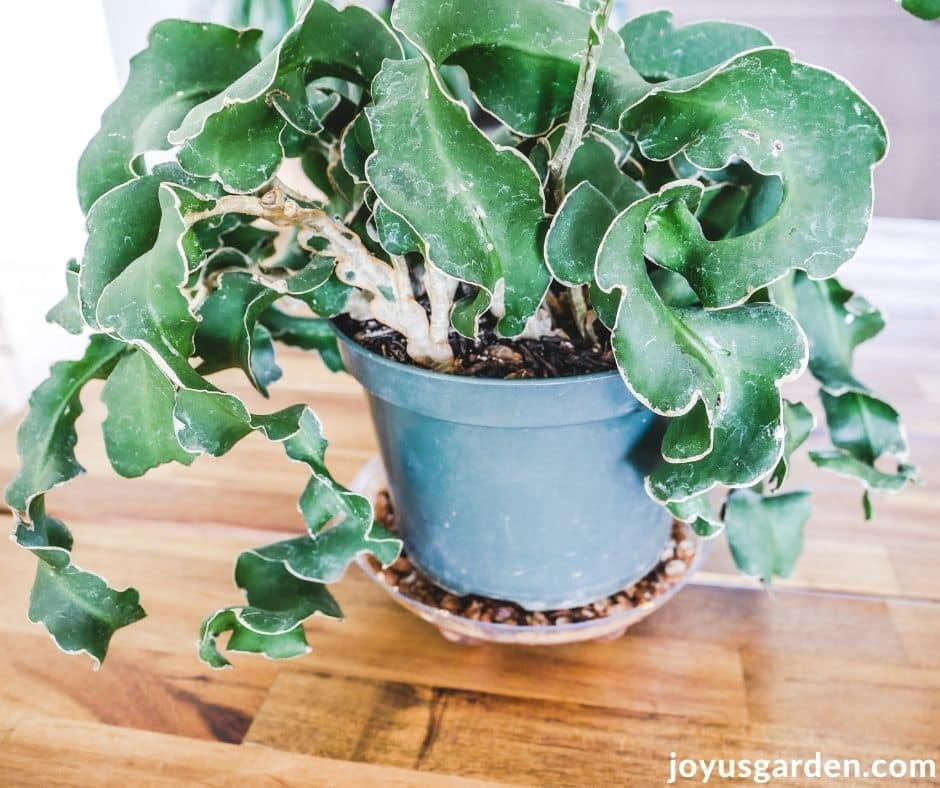
I’m not sure if it helps with plant humidity, but it sure must feel good. Plants breathe through their pores, so spraying also helps to keep them clean making respiration easier.
I researched this & many sources say that a humidity level between 50-60% is optimum for tropical & sub-tropical plants.
This is the best way that I know of.
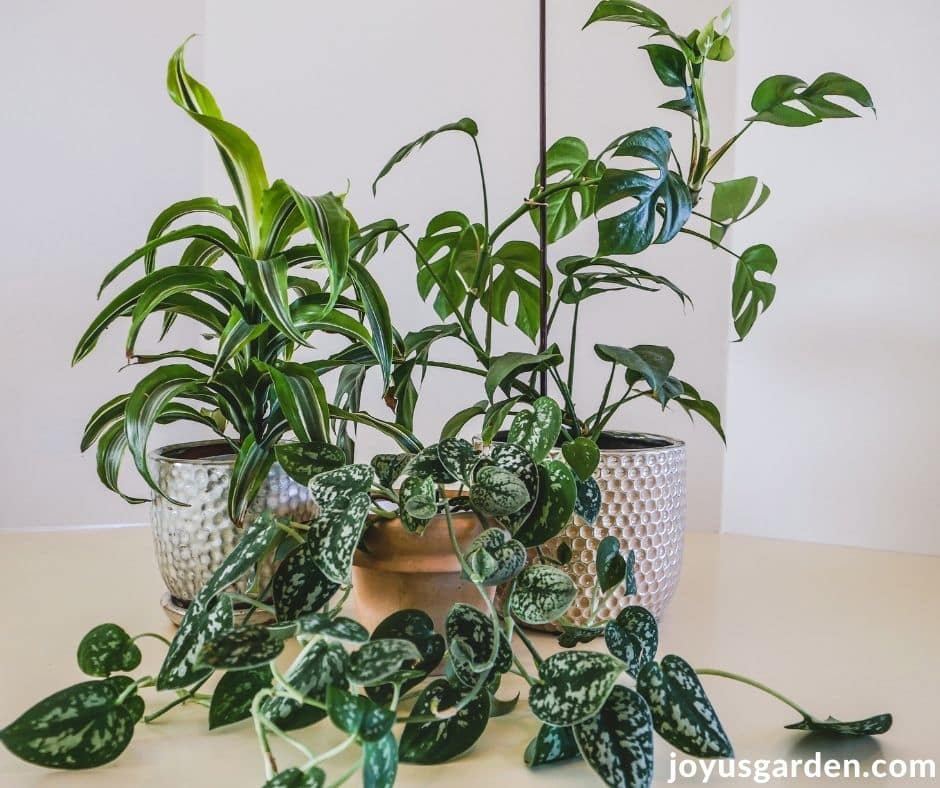
Low Humidity Houseplants
I’ve lived in Tucson for 4 1/2 years now. I wanted to include some indoor plants that I’ve found to be the most dry air tolerant (meaning these show no signs of stress): cacti, fleshy succulents including Aloe Vera, Kalanchoes, Calandivas, String of Pearls, String of Bananas, Jade Plant, Pencil Cactus, and Snake Plants, Rubber Plant, ZZ Plant, Hoyas, Pothos, and thick-stemmed Peperomias like the Baby Rubber Plant.
In summary
These methods won’t turn your dry home into the tropics or sub-tropics but they do help. For me, I have lots of plants inside so I’m constantly focusing on trying to create plant humidity. My new home has lots of light so most of the indoor plants which I buy from now on will be cacti and fleshy succulents.
Happy gardening,

More info on houseplants.
This post may contain affiliate links, you can read our policies here.

